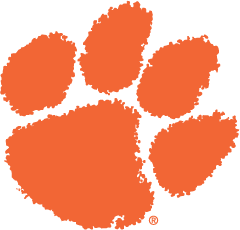military
Warrior Performance Platform WP2
A purpose-built performance tracking platform for the DOD and Federal Community.

Used by Federal Organizations from all over the U.S.
WP2 is a peerless solution to help the Department of Defense Military Operations make smarter, safer decisions in SOF training.
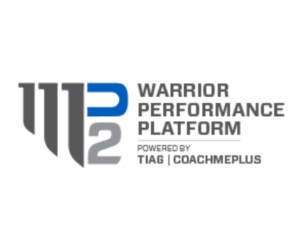
Send Out Workouts
Plan and distribute workouts via mobile app to all your athletes
Combat Readiness
Monitor Internal and External variables to determine combat preparedness.
Cross-Department Contact
Coordinate across the entire organization with custom roles and permissions.
Full Customization
Use the Algorithm Engine to run custom calculations in real-time.
Device Integrations
Pull in testing and monitoring data from over 60 devices
Save Time
Spend more time with your athletes, less time with your spreadsheets.
Used by the United States Air Force
Built in Partnership with Tiag
TIAG® is an innovative management and technology services company with a leading reputation in providing superior transformational business results. The WP2 platform fuses TIAG’s demonstrated expertise in data analytics, telemedicine and cutting-edge health IT solutions with decades of lessons learned within military communities and professional sports arenas. Advancing proactive performance management from training through deployment, WP2 is powered by applied science and next generation human performance analytics.
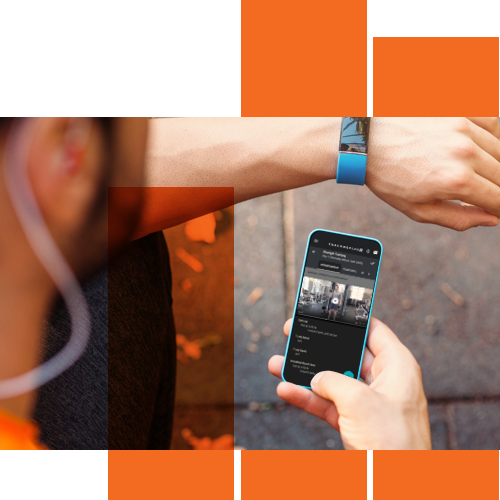
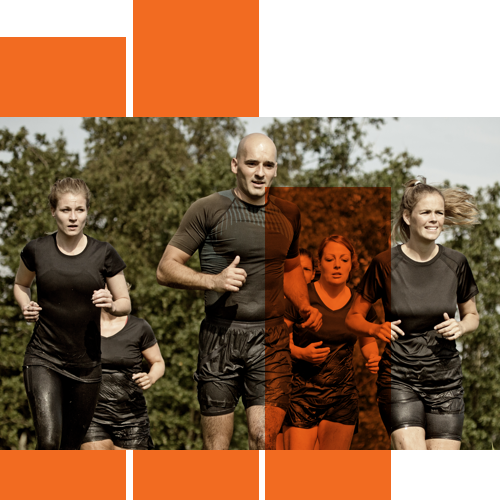
Centralized Data Management
Providing access to performance data all in one place, WP2 is a secure, accreditation-ready platform that provides immediate value. The enterprise application includes front office, warrior profile, reporting, permissions and security features. A centralized workflow features warrior app, team access point and additional workflows. Individual, customized dashboards and advanced analytic capabilities to meet specific command needs.
Cybersecurity
A robust security and permissions management system for groups and individuals. Providing secure, 24/7 information access, all information is encrypted in transit and at rest. WP2 works with more than 60 wearable device technologies and integrates the data of those technologies into our centralized platform — making it part of your overall warrior analysis.
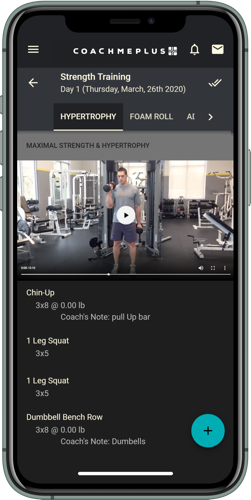
Features that made a difference
Prepare for Combat. Monitor Readiness. Improve Human Performance.
Design and plan out a full workout with a full suite of programming tools. Easily build and assign training to all of your athletes. Take back your weekends.
Get a complete view of all your athletes and track their training compliance in real-time on one screen. Set up and customize the display to include any data of your choosing.
Record your athletes’ current athletic condition for internal use to track progression and achieve game day success. Easily track improvements over time and adjust daily training to optimize results.
The algorithm engine is a flexible and intelligent feature to teams and organizations that demand the ability to create custom testing entries and calculations for continual needs
Security and permission-based access is controlled through a robust permissions management system for groups and individuals.
Communicate internally with the messaging feature of the CM+ Suite. The messaging removes privacy challenges and solves the need to contact athletes instantly with a fully integrated, mobile tool.



